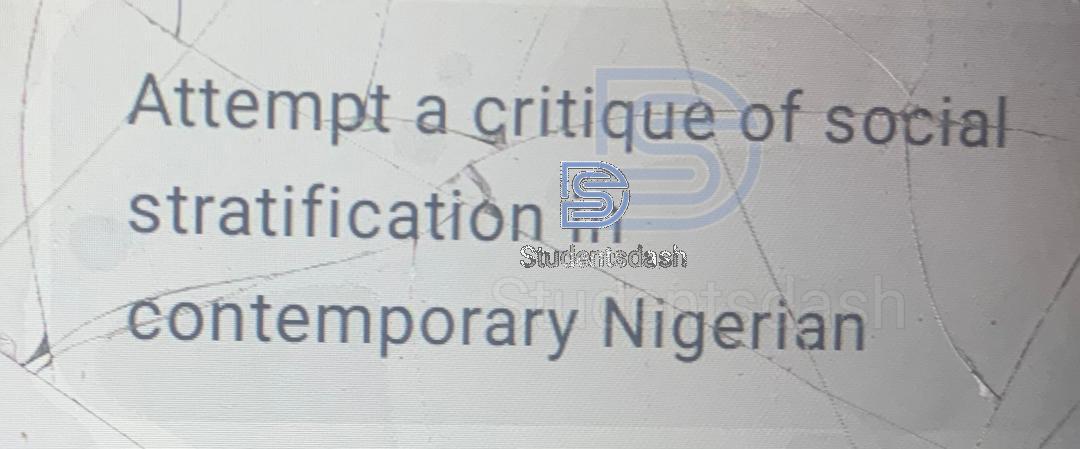BIO 151 Assignment Questions and Answers (FE father and CD)
Bio 151 Solved by Studentsdash
- FE father and CD mother mother gave birth to EED child, state the state of the non disjunction and the state at which the non disjunction occured
Abeg read very well before you copy and make sure you change some words to avoid everyone copying same thing
Answer:
In the question, FE father and CD mother gave birth to an EDD child. The term nondisjunction refers to a situation where chromosomes fail to separate properly during cell division. This can result in a child having an abnormal number of chromosomes, either more or fewer than the normal count, which can lead to conditions like Down Syndrome, Turner Syndrome, or others.
Source of Nondisjunction:
The source of nondisjunction in this case would likely be in either the father’s sperm or the mother’s egg. Nondisjunction occurs during gametogenesis, which is the process of forming eggs in females and sperm in males. It happens when the chromosomes, which are supposed to separate into different cells during cell division, fail to do so. As a result, one of the sex cells (egg or sperm) ends up with an extra chromosome or is missing one. When this cell joins with the opposite sex cell during fertilization, the resulting child may have an abnormal number of chromosomes.
For this child (EDD), the nondisjunction could have occurred in either of the parents’ gametes, leading to the child having an abnormal chromosome count.
Stage at Which Nondisjunction Occurred:
Nondisjunction can happen at two stages in meiosis, which is the cell division process that produces gametes (egg and sperm cells).
1. Meiosis I: This is the first division of meiosis. During this stage, the homologous chromosomes (pairs of chromosomes that come from both the mother and the father) should separate. If nondisjunction occurs at this stage, the chromosomes do not separate properly, and one of the resulting cells ends up with two copies of the same chromosome. The other cell may have none.
2. Meiosis II: This is the second division of meiosis, where the sister chromatids (the identical copies of each chromosome) should separate. Nondisjunction at this stage means that the sister chromatids do not separate properly, leading to one gamete with an extra chromosome and one with none.
In this case, based on the scenario, the most likely stage of nondisjunction would be Meiosis I or Meiosis II in the mother’s egg or the father’s sperm. This is because such errors often occur during these stages, and the result would be the child inheriting an abnormal number of chromosomes.
For example, in conditions like Down Syndrome, which is caused by having an extra copy of chromosome 21 (trisomy 21), nondisjunction typically occurs in the mother’s egg during Meiosis I. This would lead to the child having three copies of chromosome 21 instead of the usual two.
Conclusion:
In conclusion, the source of nondisjunction in the case of the EDD child could be traced to either the father’s sperm or the mother’s egg. The stage of nondisjunction would most likely have occurred during Meiosis I or Meiosis II in one of the parents’ gametes. This failure of chromosomes to separate properly leads to the child inheriting an abnormal number of chromosomes, resulting in a genetic condition.

